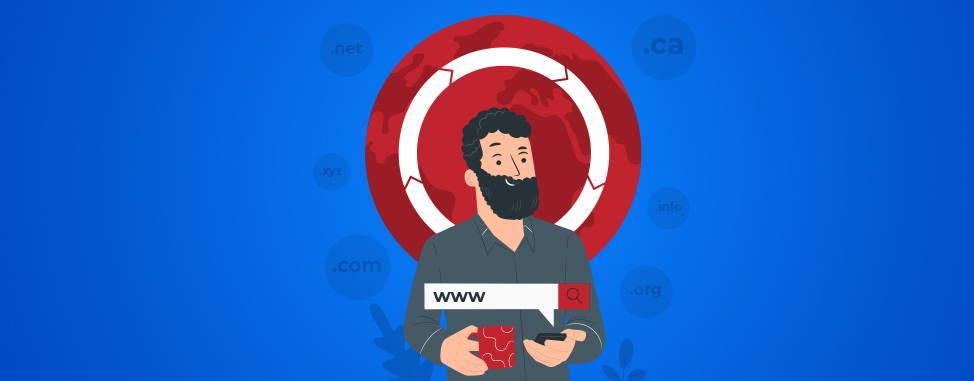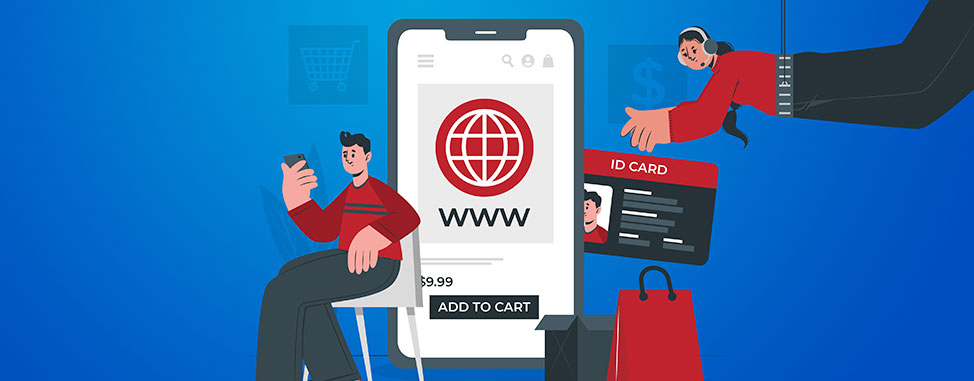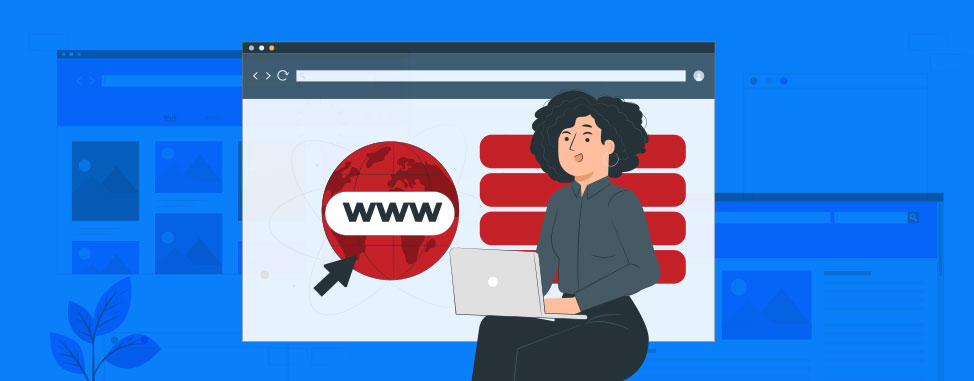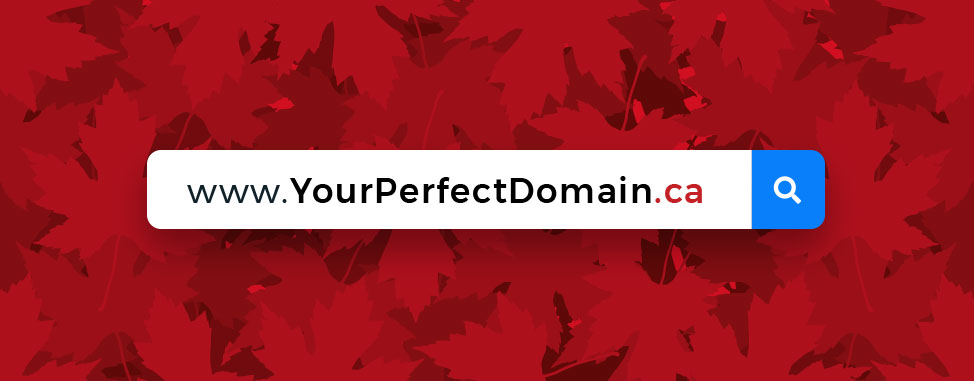
The life cycle of a domain name
It’s a common misconception that once a domain name has been purchased, it’s owned by the buyer. This is not the case! When a domain is purchased, it’s available for use for a set period of time (between 1 and 10 years), it can be renewed indefinitely but is never truly owned.
The domain life cycle is the process that details each stage of a domain lease, including: available, active, expired, redemption (or the ‘grace’ period), and pending deletion. Below is our guide to how this all works!
Available domain names
When a domain is available for purchase, that is, it’s not currently registered by any entity, it’s considered available. To secure an available domain, make sure you register the name as soon as you decide it’s a domain that you want. Be quick because until it’s registered, anyone else can claim it!
The ‘Active’ period
Once a domain has been registered, it becomes Active, you can now use it as your web address, and you're free to modify its settings and contact information.
Your domain is registered
A domain name can be registered for an agreed-upon duration, ranging from 1 to 10 years. After the initial registration, the domain is all yours until it’s time to renew. During that time, you may list and sell the domain, or transfer between registrars, if you wish.
The most important thing to remember during this time period is to renew your domain before it expires. That is, if you plan to keep it for the long term.
Your domain is about to expire
We recommend you renew your domain well before the expiry date, as once the domain expires, your website will no longer be visible, and any email addresses connected to your domain will stop functioning.
At WHC, we will communicate with you, well in advance of when your domain is due to expire. So make sure the contact details for your domain are always accurate and up to date, otherwise, you could miss this communication.
For this reason, we strongly recommend that you set up an auto-renew of your domain, in case its renewal date falls off your radar. Especially if it’s a domain that you want to keep active, and hold on to for the long term!
The ‘Expiration’ period
If you forget to renew your domain before it expires, the domain name will be deleted, and any related services will stop functioning. Your webpage will be replaced with a ‘parked’ page, indicating that the domain has expired. Furthermore, an expired domain can not be transferred to another registrar, unless it is renewed.
The good news is that renewing your domain will return it (and your email) to normal! Note that you only typically have up to 40 days to do this, before your domain enters the redemption period.
If you decide not to renew your domain, it will simply become available for anyone to purchase at the end of the ‘pending deletion’ period.
The ‘Redemption’ period
When the domain has expired (at the end of the expiration period), it enters the redemption period. This usually lasts for 30 days (for most top-level domains, like .ca and .com). In this period, your website, email or domain-based services will not function, and the information about your domain is scheduled to be deleted.
Note: If your domain is in the redemption phase and you’d like to restore it, it is still possible! At this stage, there will be a redemption fee that needs to be paid on top of the normal renewal rate. Contact the company you registered the domain with and they will guide you through the restoration process.
The ‘Pending Delete’ period
If your domain is still not renewed by the end of the redemption period, it will enter the pending delete phase. By now it’s not possible to redeem or change the domain in any way. This period only lasts for 5 days, after which the domain will be deleted and is then released back to the public for registration. Note that for .CA domains, domains are released on the Wednesday following the end of the redemption period.
When the domain is made available for registration again, it can often be challenging to re-obtain. It could end up on a backorder list to be auctioned off, or in some cases purchased by a third party requiring a substantial buyback payment.
Wrapping up
We hope this article has given you some insight into the overall domain lifecycle process.
The main takeaway is to always remember to renew early! It will save you money, and will significantly reduce the risk of losing your domain name.
Care for more domain-savvy articles?

Comments
Leave a Reply Laisser un commentaire
Leave a Reply Laisser un commentaire
Also on the WHC Blog

Domain Promos & Upcoming Price Changes (August 2021)
Days are getting shorter. The madness of school supply shopping is in full effect, and parents across Canada will soon watch their kiddos return to school as their daily lives return (somewhat) to normal. It’s with...
Read full article
How buying a domain affects your privacy
Securing your domain name is an exciting and important first step for any new online project. However, with this purchase come important decisions that can critically affect your security, privacy and success. FACT:...
Read full article








When a domain is repurchased does it have the history of traffic and conversions that went through it in the past? If so it would make it easier to be seen on Google?
No, when a domain is repurchased, it does not retain its previous owner’s history of traffic and conversions. However, suppose the previous owner had established a strong backlink profile. In that case, some of the link equity could still be passed on to the new owner, which can potentially help with search engine visibility. But, it is essential to note that search engine algorithms are complex, and ranking factors can change, so there is no guarantee of improved search engine visibility just because a domain was repurchased. To see success with a repurchased domain, it’s important to engage in search engine optimization (SEO) and digital marketing efforts. 🙂